Landfill for Solid Household Waste
71°32’11″E 42°45’45″N
The solid waste landfill (SWL) located in the Uchkorgon rural district of Chon-Kapka does not meet the most basic safety standards.
The sanitary condition of the city dump is dismal. The open landfill, not to mention the aesthetic aspect, is a source of numerous environmental threats. The dump pollutes the air with toxic substances and dust, and contributes to the proliferation of carriers of dangerous infections—rats, flies, mosquitoes, and birds.
All existing landfills potentially contaminate groundwater and soil through runoff, hazardous household waste (batteries, accumulators, animal carcasses), as well as the surrounding area through wind-blown waste (plastic bags).
In the flat terrain, regional groundwater drainage is virtually absent, and the water table is close to the soil surface. Even during light rain, stormwater flows that pass through the mountains of garbage enter the groundwater along with all hazardous substances, with mercury being particularly insidious in this regard.
Harmful substances seep into the groundwater, and during precipitation, into the nearby water channel. From an ecological perspective, the landfill poses a direct threat to human life and the environment.
The solid waste landfill (SWL) located in the Uchkorgon rural district of Chon-Kapka does not meet the most basic safety standards.
The sanitary condition of the city dump is dismal. The open landfill, not to mention the aesthetic aspect, is a source of numerous environmental threats. The dump pollutes the air with toxic substances and dust, and contributes to the proliferation of carriers of dangerous infections—rats, flies, mosquitoes, and birds.
All existing landfills potentially contaminate groundwater and soil through runoff, hazardous household waste (batteries, accumulators, animal carcasses), as well as the surrounding area through wind-blown waste (plastic bags).
In the flat terrain, regional groundwater drainage is virtually absent, and the water table is close to the soil surface. Even during light rain, stormwater flows that pass through the mountains of garbage enter the groundwater along with all hazardous substances, with mercury being particularly insidious in this regard.
Harmful substances seep into the groundwater, and during precipitation, into the nearby water channel. From an ecological perspective, the landfill poses a direct threat to human life and the environment.

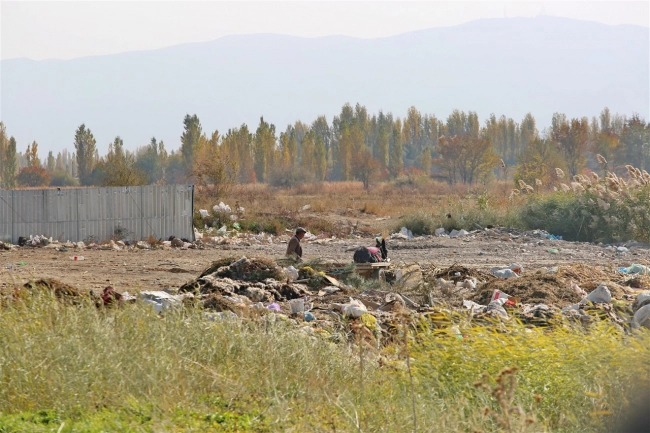
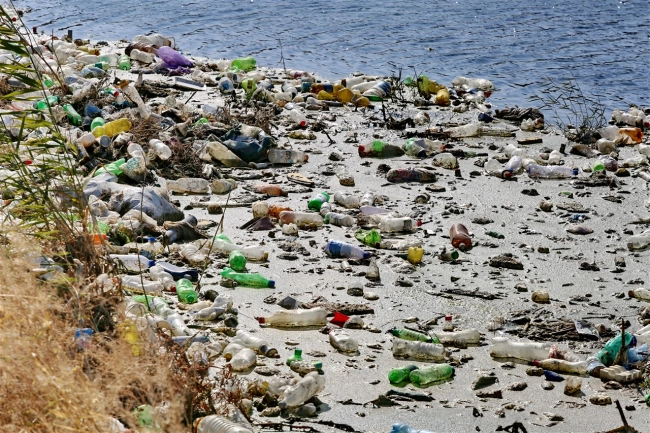
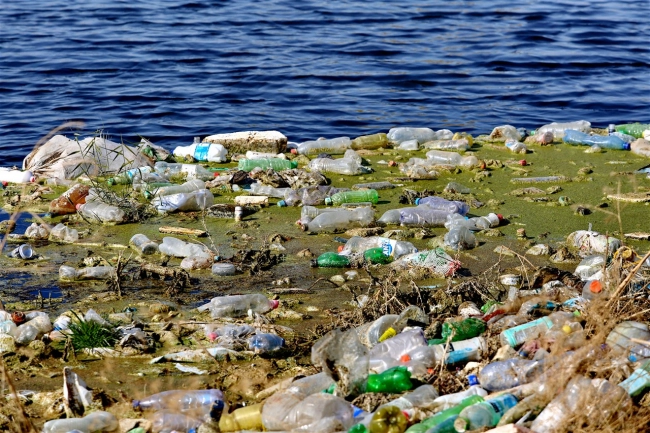


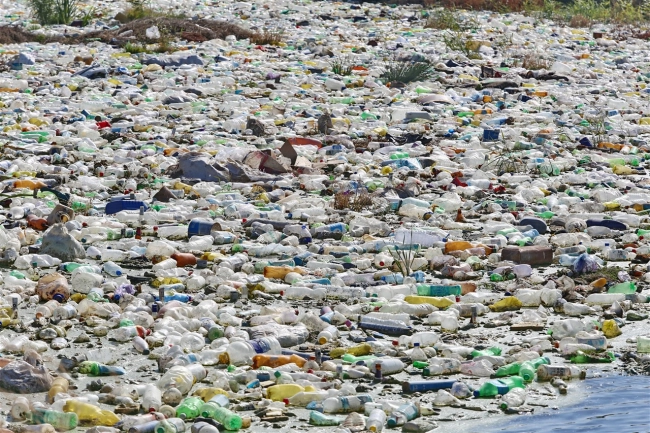

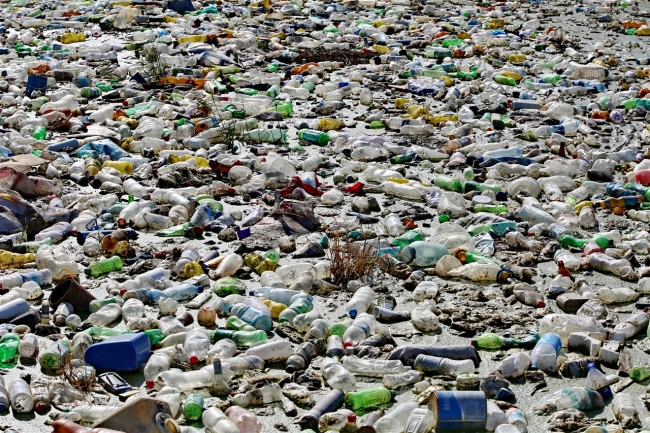
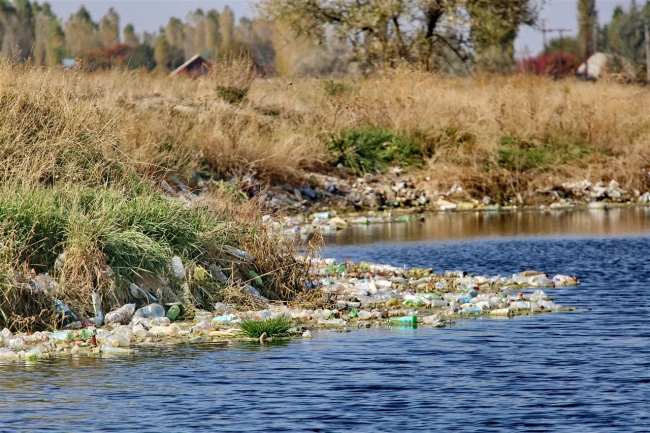
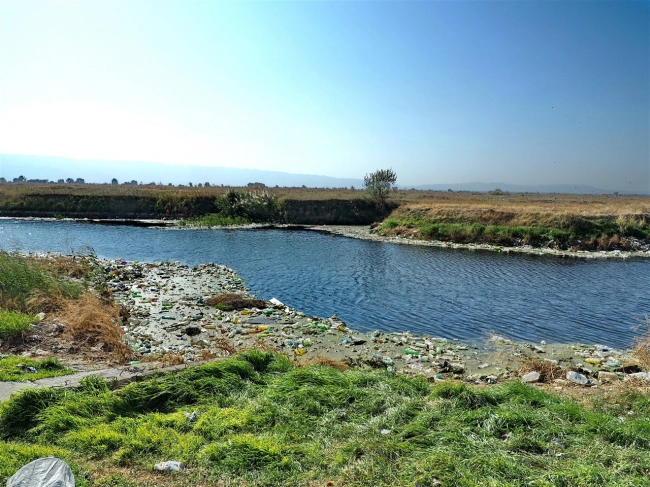
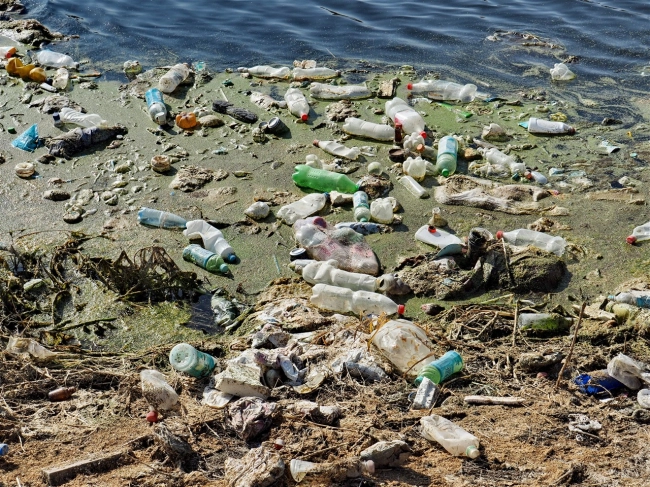

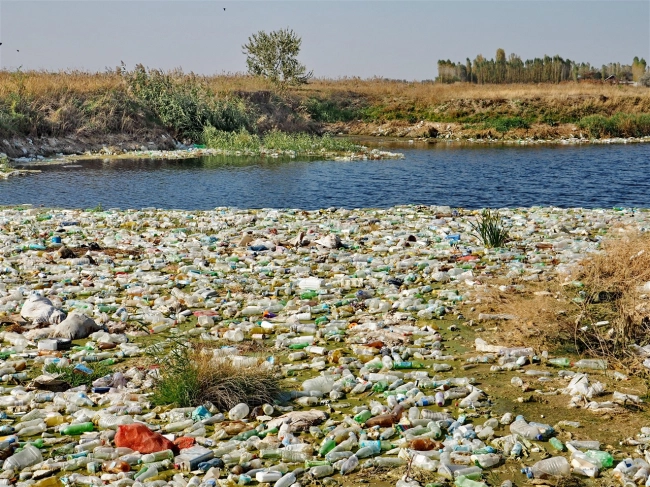



















Attention: Information based on submitted complaints